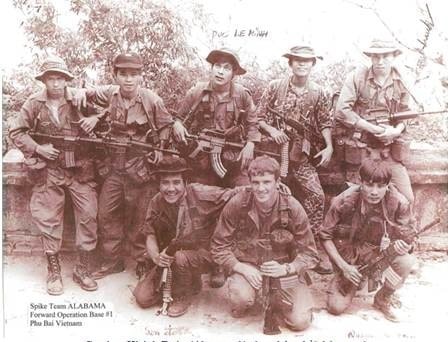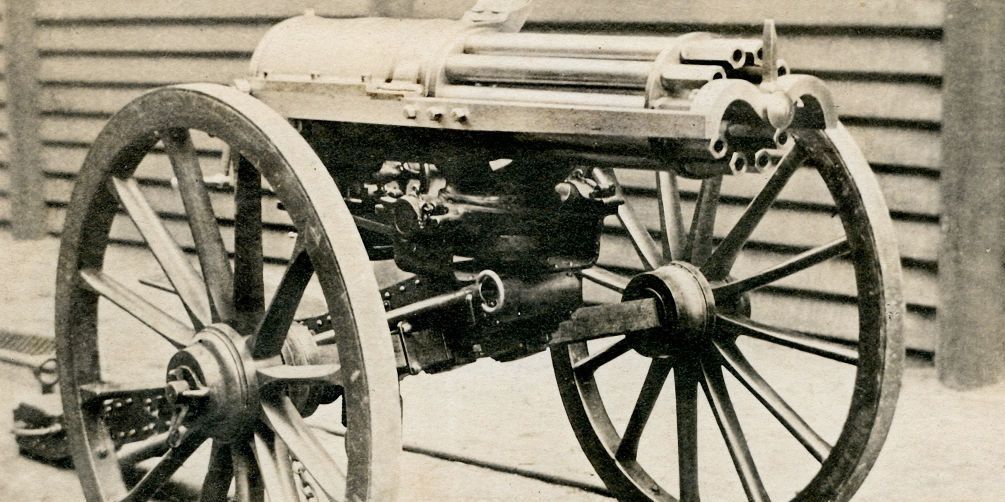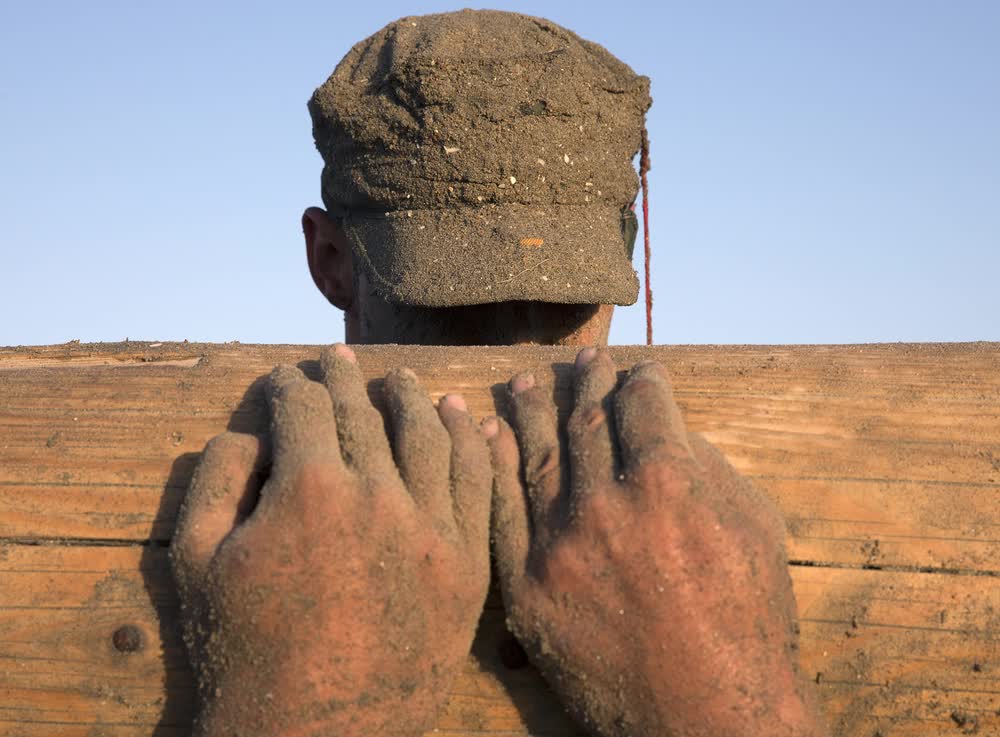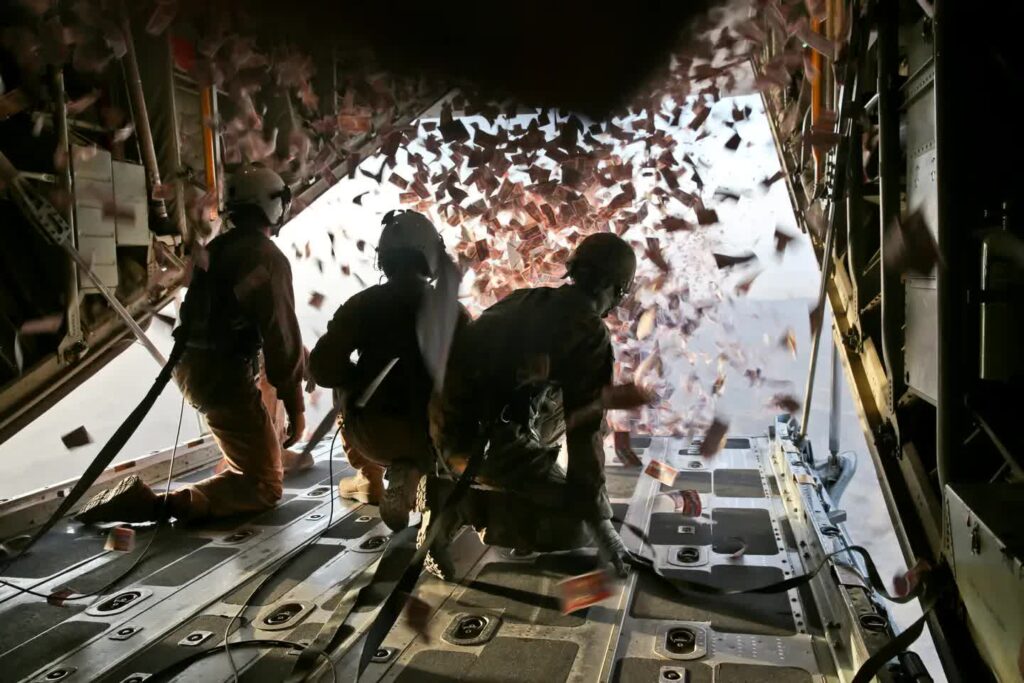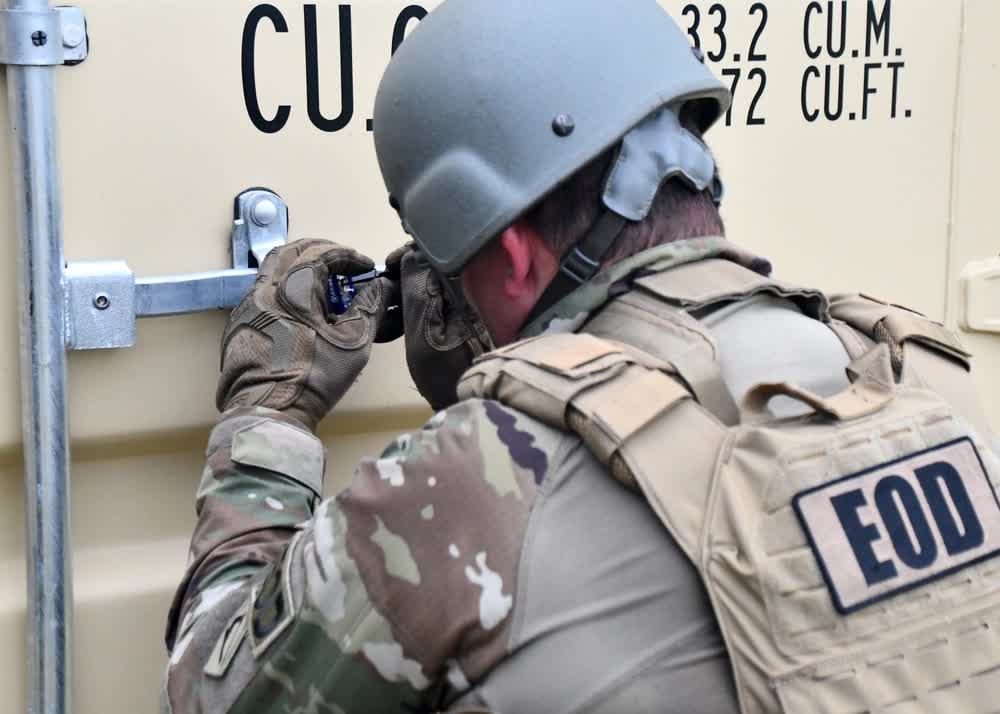During the Vietnam War, there was a small group of special operations troops who took the fight to the enemy. Military Assistance Command Vietnam-Studies and Observations Group (MACV-SOG) was a highly secret outfit comprised of Green Berets, Navy SEALs, and Air Commandos who conducted covert cross-border operations deep into Cambodia, Laos, and North Vietnam.
SOG recon teams consisted of a few Special Forces operators and their indigenous troops, or “little people,” as the Americans affectionally called them.
Khanh “Cowboy” Doan, a South Vietnamese commando, was one of them.
In the early 1960s, Cowboy’s father saw that America would have a bigger role in Vietnam’s affairs, and so prompted his son to learn English. And so Cowboy became an interpreter. As American involvement in the Southeast Asian country grew, Cowboy began working for the American forces and soon ended up in SOG.
During his career in SOG, Cowboy participated in scores of missions. He was part of the relief column that went into Lang Vei, a Special Forces A camp that had been overrun by NVA tanks and troops in the early stages of the Siege of Khe Sanh. He also took part in a mission where his nine-man team squared off against 10,000 NVA troops.
While in SOG, Cowboy narrowly escaped death numerous times. In one instance, he didn’t go out with his team for some reason, and the team (ST Alaska) ended up being wiped out save one man who escaped and evaded for two days before getting picked up.
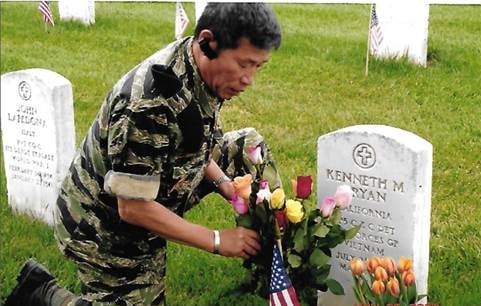
Related: MACV-SOG: The covert special operations unit you’ve never heard of
In 1972, after operating in SOG for six years, Cowboy lost his leg during a mission across the fence.
At the end of his career, he had served in numerous recon teams, including ST Alaska, Virginia, Idaho, and Alabama.
After Saigon fell in 1975, Cowboy thought that the cleverest thing to do in order to avoid the wrath of the North Vietnamese was to go North, where they wouldn’t be expecting him. After 11 years and 14 failed escape attempts from the country, he managed to reach the Philippines in 1986 and from there the US.

Related: ST Idaho: The Special Forces team that vanished in the jungle
Recently, Cowboy contracted COVID-19 and had to be hospitalized with serious symptoms. What’s worse, his entire family was also infected, including his wife, son, and grandson. As a consequence, they are hard put to make ends meet. Cowboy was released from the hospital and is back in his home, but he still has to go through dialysis twice a day, totaling nine to ten hours of treatment. The good news, however, is that he is improving by the day.
Some of Cowboy’s SOG buddies, including Special Forces legend John Stryker “Tilt” Meyer, who has written extensively about America’s secret war in Vietnam, have set up a GoFundMe campaign to support their brother-in-arms and his family.
The GoFundMe campaign (you can visit the page by following this link) aims at helping Cowboy and his family during this difficult time. Donations will help pay rent, cover medical expenses not covered by his insurance, and buy food and medicine for Cowboy and his entire family.
So far, hundreds of people have donated.
“Please thank every person who donated to help me [and] my family. I can’t believe it. We [are] amazed. Please tell every person: ‘You have rescued my life,’” Cowboy told Meyer.
Men like Cowboy fought for their country against the Communist tide. But they also fought for their American brothers, with whom they share a bond that only war and adversity can forge.
“Cowboy is a clearly a legend but also very humble,” Meyer told Sandboxx News.
Read more from Sandboxx News:
- The most prolific pilot in the Vietnam War probably didn’t actually exist
- The Men with the Green Faces: The Birth of the Navy SEALs in Vietnam
- How a Green Beret achieved immortality during one of the fiercest battles of the Vietnam War
- How a SEAL earned a Medal of Honor saving another SEAL with a Medal of Honor
- James Stockdale: ‘Hanoi Hilton’ survivor and SERE example
This article was originally published 12/17/2020
